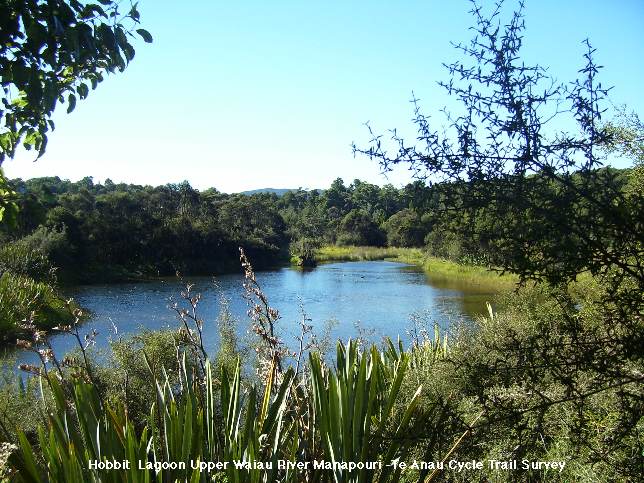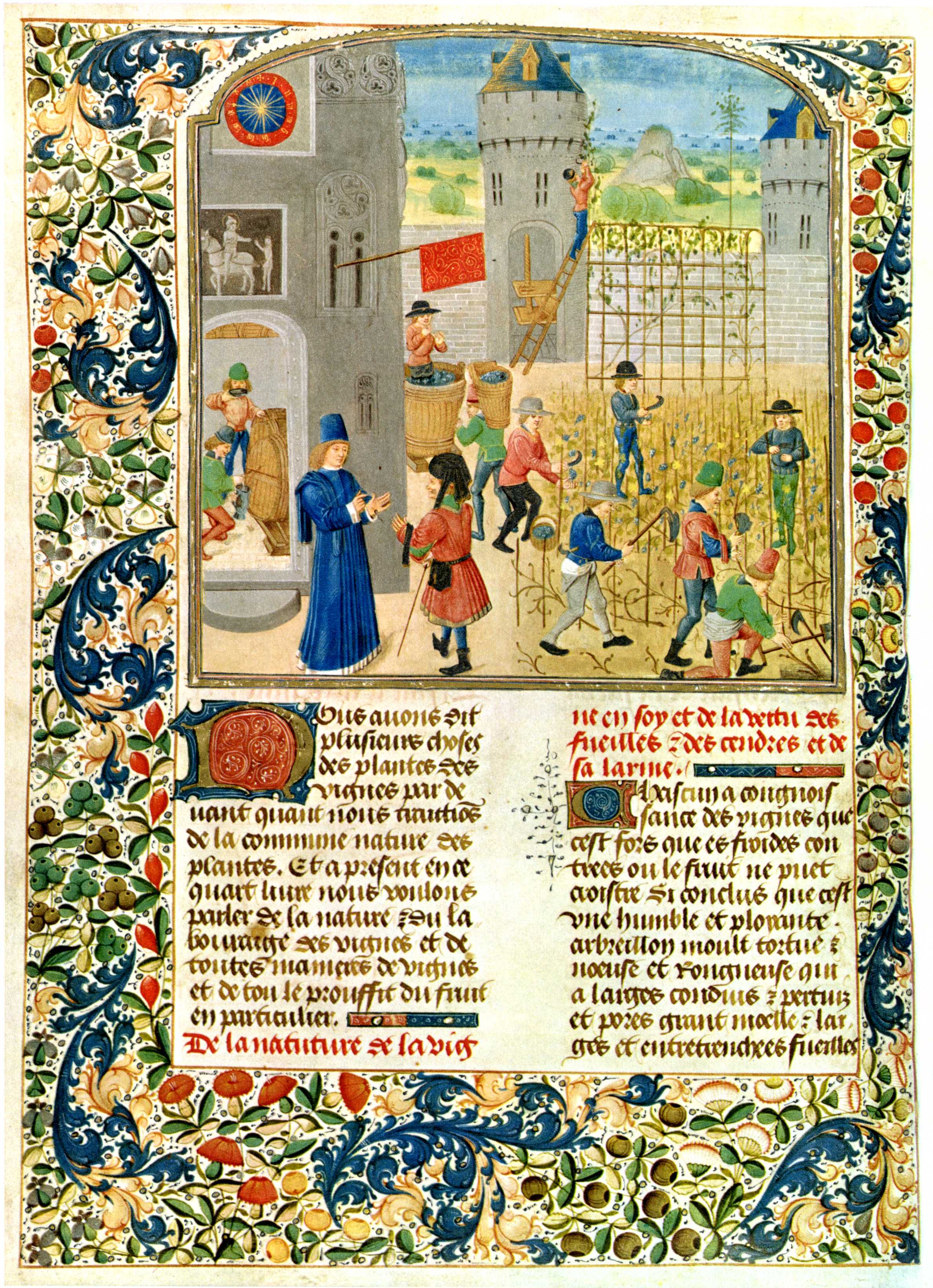|
Monowai Power Station
The Monowai Power Station, fed by the Monowai River from Lake Monowai in Southland, New Zealand, was one of the earliest hydroelectric power stations in the country. Originally commissioned in 1925, it was refurbished between 2005 and 2007 and now contains modern turbines and plant, though the original buildings are still in use. Before its refurbishment, the station produced and of electricity per year.Southland Regional Energy Assessment Accessed 2008-09-29.) Generating capacity has now increased to 7.6 MW. Location The power station is located approximately 50 kilometres from the town of Tuatapere in Southland. The power station is accessed from Turbine Drive, which can be reached f ...[...More Info...] [...Related Items...] OR: [Wikipedia] [Google] [Baidu] |
Southland Region
Southland ( mi, Murihiku) is New Zealand's southernmost region. It consists mainly of the southwestern portion of the South Island and Stewart Island/Rakiura. It includes Southland District, Gore District and the city of Invercargill. The region covers over 3.1 million hectares and spans over 3,400 km of coast. History The earliest inhabitants of Murihiku (meaning "the last joint of the tail") were Māori of the Waitaha iwi, followed later by Kāti Māmoe and Kāi Tahu. Waitaha sailed on the Uruao waka, whose captain Rakaihautū named sites and carved out lakes throughout the area. The Takitimu Mountains were formed by the overturned Kāi Tahu waka Tākitimu. Descendants created networks of customary food gathering sites, travelling seasonally as needed, to support permanent and semi-permanent settlements in coastal and inland regions. In later years, the coastline was a scene of early extended contact between Māori and Europeans, in this case sealers, whalers ... [...More Info...] [...Related Items...] OR: [Wikipedia] [Google] [Baidu] |
Trustpower
Manawa Energy Limited, formerly Trustpower, is a New Zealand electricity generation company that offers bespoke electricity products to commercial and industrial customers across New Zealand. Manawa Energy has 26 hydro-electricity schemes, with a total of 47 power stations and is New Zealand's fifth largest electricity generator (in MW capacity, GWh output and revenue). The company is listed on the New Zealand stock exchange, but its ownership structure is dominated by its two major shareholders: Infratil which owns 51.0% and the Tauranga Energy Consumer Trust (TECT) which owns 26.8%. The remaining 22.2% is widely held. The company changed its name to Manawa Energy following the 2022 sale of its mass market retail business, retail customer base and the Trustpower brand to Mercury Energy. History Tauranga city In 1913, the Tauranga Borough Council applied to the Department of Lands to have the Omanawa Falls vested in their body corporate for the purposes of water power generat ... [...More Info...] [...Related Items...] OR: [Wikipedia] [Google] [Baidu] |
Monowai River
The Monowai River is a river in New Zealand, draining Lake Monowai into the Waiau River and feeding the Monowai Power Station. See also *List of rivers of New Zealand This is a list of all waterways named as rivers in New Zealand. A * Aan River * Acheron River (Canterbury) * Acheron River (Marlborough) * Ada River * Adams River * Ahaura River * Ahuriri River * Ahuroa River * Akatarawa River * Ākiti ... References Rivers of Southland, New Zealand Rivers of New Zealand {{Southland-river-stub ... [...More Info...] [...Related Items...] OR: [Wikipedia] [Google] [Baidu] |
Lake Monowai
Lake Monowai (officially Monowai Lake; mi, Manokīwai) is a large lake () in the southern part of Fiordland National Park, in New Zealand's South Island, 120 kilometres northwest of Invercargill. At an altitude of 180 metres in a long curved valley, the lake appears on maps shaped like a letter "U". The western part of the lake is set in beautiful mountainous country. It is drained in the northeast by the short Monowai River, which enters the Waiau River eight kilometres to the northeast. Power station One of the South Island's oldest hydroelectric stations is powered by the waters of the Monowai. It is located at the junction of the Waiau and Monowai Rivers and was opened in 1925. As a result of the Save Manapouri campaign, plans to raise the level of the lake to create more hydroelectric power were shelved by the Labour government of Norman Kirk in the 1970s, and an independent body, the Guardians of Lake Manapouri, Monowai, and Te Anau was created to oversee management ... [...More Info...] [...Related Items...] OR: [Wikipedia] [Google] [Baidu] |
New Zealand
New Zealand ( mi, Aotearoa ) is an island country in the southwestern Pacific Ocean. It consists of two main landmasses—the North Island () and the South Island ()—and over 700 smaller islands. It is the sixth-largest island country by area, covering . New Zealand is about east of Australia across the Tasman Sea and south of the islands of New Caledonia, Fiji, and Tonga. The country's varied topography and sharp mountain peaks, including the Southern Alps, owe much to tectonic uplift and volcanic eruptions. New Zealand's capital city is Wellington, and its most populous city is Auckland. The islands of New Zealand were the last large habitable land to be settled by humans. Between about 1280 and 1350, Polynesians began to settle in the islands and then developed a distinctive Māori culture. In 1642, the Dutch explorer Abel Tasman became the first European to sight and record New Zealand. In 1840, representatives of the United Kingdom and Māori chiefs ... [...More Info...] [...Related Items...] OR: [Wikipedia] [Google] [Baidu] |
Hydroelectricity
Hydroelectricity, or hydroelectric power, is Electricity generation, electricity generated from hydropower (water power). Hydropower supplies one sixth of the world's electricity, almost 4500 TWh in 2020, which is more than all other Renewable energy, renewable sources combined and also more than nuclear power. Hydropower can provide large amounts of Low-carbon power, low-carbon electricity on demand, making it a key element for creating secure and clean electricity supply systems. A hydroelectric power station that has a dam and reservoir is a flexible source, since the amount of electricity produced can be increased or decreased in seconds or minutes in response to varying electricity demand. Once a hydroelectric complex is constructed, it produces no direct waste, and almost always emits considerably less greenhouse gas than fossil fuel-powered energy plants. [...More Info...] [...Related Items...] OR: [Wikipedia] [Google] [Baidu] |
Frederick Kissel
Frederick Templeton Manheim Kissel (27 March 188115 July 1962) was a New Zealand engineer and engineering administrator. He was born in Templeton, New Zealand, on 27 March 1881. In the 1948 King's Birthday Honours, Kissel was appointed a Companion of the Imperial Service Order The Imperial Service Order was established by King Edward VII in August 1902. It was awarded on retirement to the administration and clerical staff of the Civil Service throughout the British Empire for long and meritorious service. Normally a pe .... References 1881 births 1962 deaths People from North Canterbury 20th-century New Zealand engineers New Zealand mechanical engineers New Zealand public servants 20th-century New Zealand public servants New Zealand Companions of the Imperial Service Order {{NewZealand-bio-stub ... [...More Info...] [...Related Items...] OR: [Wikipedia] [Google] [Baidu] |
Waiau River, Southland
The Waiau River is the largest river in the Southland region of New Zealand. 'Waiau' translates to 'River of Swirling Currents'. It is the outflow of Lake Te Anau, flowing from it into Lake Manapouri to the south, and from there flows south for before reaching the Foveaux Strait south of Tuatapere. It also takes water from Lake Monowai. The Upper Waiau River that flows between Lakes Manapouri and Te Anau doubled as the fictional River Anduin at the end of the first film of ''The Lord of the Rings'' film trilogy, for the scenes where the Uruk-hai chase the Fellowship along the river banks. A proposal that a stretch of river below the area known as Balloon Loop be named the Anduin Reach to honour New Zealand film maker Peter Jackson for his use of the area as the River Anduin was rejected by the New Zealand Geographic Board in April 2009. Geography The Waiau River is the largest river system in the southwestern corner of the South Island. It has its sources in the Eglinton ... [...More Info...] [...Related Items...] OR: [Wikipedia] [Google] [Baidu] |
Tuatapere Branch
The Tuatapere Branch, including the Orawia Branch, was a branch line railway in Southland, New Zealand. Although the Tuatapere and Orawia Branches look like a single line, operationally they were considered separate lines. The first section opened to Riverton in 1879 and reached Tuatapere three decades later. The extension from Tuatapere to Orawia operated from 1925 until 1970. In 1976 the Tuatapere Branch was truncated to Riverton, and was known as the Riverton Branch until 1978, when it closed beyond Thornbury. The remaining portion of the line is now part of the Wairio Branch. Construction The desire to open up regions west of Invercargill prompted construction of this line, with developers hoping to discover plentiful minerals and resources, and encourage more substantial settlement in the area. The first section of the line was built from Makarewa on the Kingston Branch to Riverton via Thornbury, the Wairio Branch junction, and opened on 9 June 1879. The line was o ... [...More Info...] [...Related Items...] OR: [Wikipedia] [Google] [Baidu] |
Podocarpus Totara
''Podocarpus totara'' (; from the Maori-language ; the spelling "totara" is also common in English) is a species of podocarp tree endemic to New Zealand. It grows throughout the North Island and northeastern South Island in lowland, montane and lower subalpine forest at elevations of up to 600 m. Tōtara is commonly found in lowland areas where the soil is fertile and well drained. Description The tōtara is a medium to large tree, which grows slowly to around 20 to 25 m, exceptionally to 35 m; it is noted for its longevity and the great girth of its trunk. The bark peels off in papery flakes, with a purplish to golden brown hue. The sharp, dull-green, needle-like leaves are stiff and leathery, 2 cm long. This plant produces highly modified cones with two to four fused, fleshy, berry-like, juicy scales, bright red when mature. The cone contains one or two rounded seeds at the apex of the scales. The largest known living tōtara, the Pouakani Tree, near Pureora in the ce ... [...More Info...] [...Related Items...] OR: [Wikipedia] [Google] [Baidu] |
Alconza
Alionza is a white Italian wine grape variety that is grown in the Emilia-Romagna region of north central Italy, where it has a long history of being used since the 14th century as both a table grape and blending grape for wine production. While sometimes confused with the Greek wine grape Sklava, DNA analysis in the early 21st century has suggested, instead, that Alionza may be closely related to the Tuscan wine grape Trebbiano.J. Robinson, J. Harding and J. Vouillamoz ''Wine Grapes - A complete guide to 1,368 vine varieties, including their origins and flavours'' pgs 35-36 Allen Lane 2012 History Alionza has been growing in the provinces of Bologna and Modena of Emilia-Romagna since at least the early 14th century, when it was documented in Italian agricultural writer Pietro de' Crescenzi's ''Ruralia commoda'' treatise. At once point the grape was also widely grown in the Lombardy wine regions of Brescia and Mantova but today is quite rare. Historically, the grape has oft ... [...More Info...] [...Related Items...] OR: [Wikipedia] [Google] [Baidu] |



